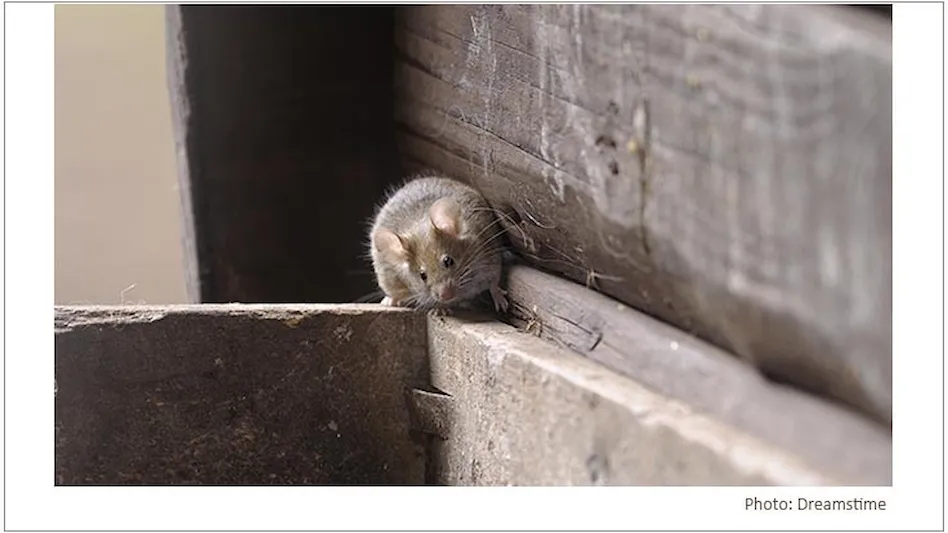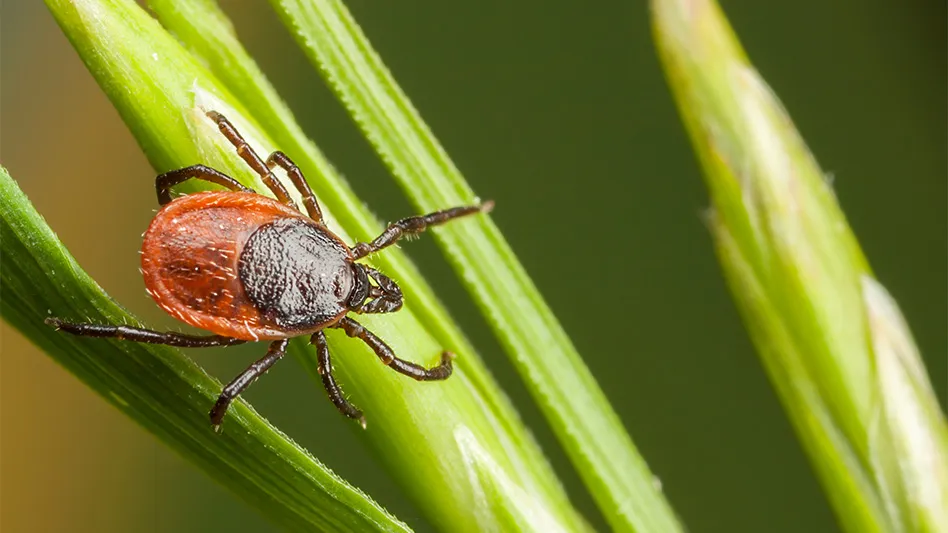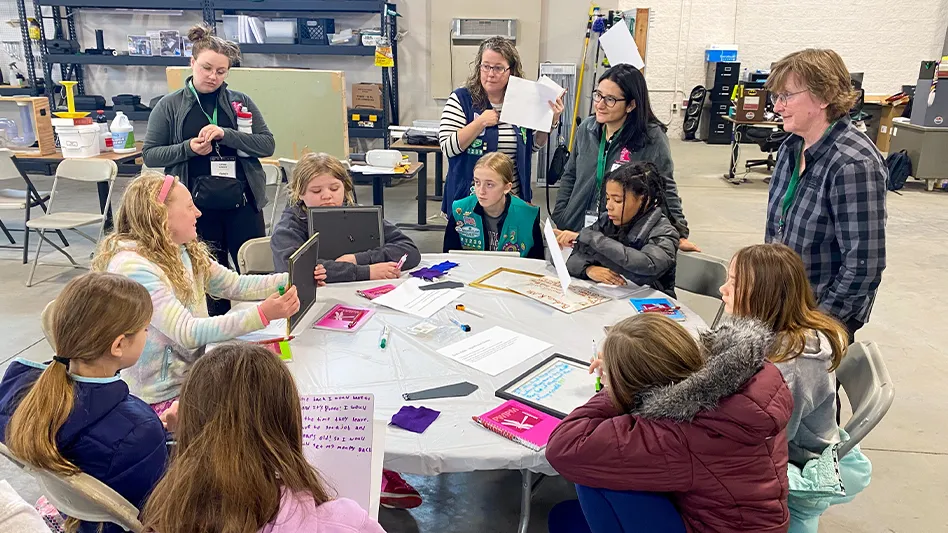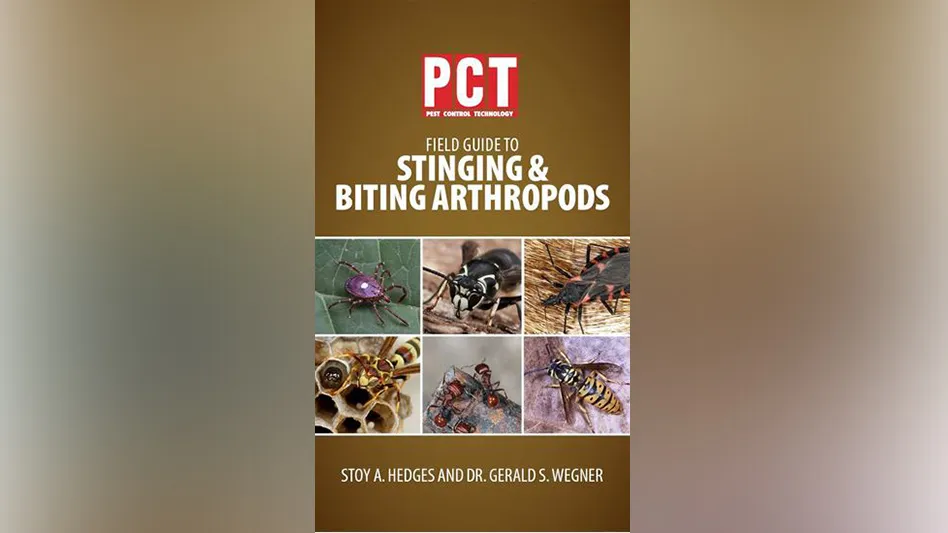
A yearlong assessment of New York City’s residential mouse population found that many of these rodents carry previously unseen viruses as well as bacteria capable of causing life-threatening human illness, CNN reported. Some of the bacteria were even antibiotic-resistant.
"Mouse droppings may contain harmful bacteria that are difficult to treat with common antibiotics," Dr. W. Ian Lipkin, senior author of the two papers resulting from the study and a professor of epidemiology at Columbia University's Mailman School of Public Health, told CNN. "Contaminated areas should be thoroughly cleaned, and contaminated food should be discarded."
Lipkin and his team collected 416 mice from residential buildings at seven sites in four of New York City's five boroughs (Staten Island was excluded). They discovered 36 separate viruses, including six new ones, and 149 distinct species of bacteria, including E. coli, Shigella and Salmonella.
Lipkin's research was published Tuesday in mBio, the journal of the American Society for Microbiology.
Click here to read more.
Source: CNN
Latest from Pest Control Technology
- Viking Pest Control Organizes a Charity Bike Build for Local Families
- Gaining Control of Structure-Infesting Carpenter Ants
- Big Blue Bug’s Brian Goldman Receives Rhode Island Small Business Person of the Year Award
- UF Researchers Examine How Much Bait it Takes to Eliminate a Subterranean Termite Colony
- Women in Pest Control Group Continues to Grow, Provide Opportunities in the Industry
- NPMA Announces Results of 2024-2025 Board of Directors Election
- Massey Services Acquires Orange Environmental Services
- Hawx Pest Control Wins Bronze Stevie Award for Sustainability





